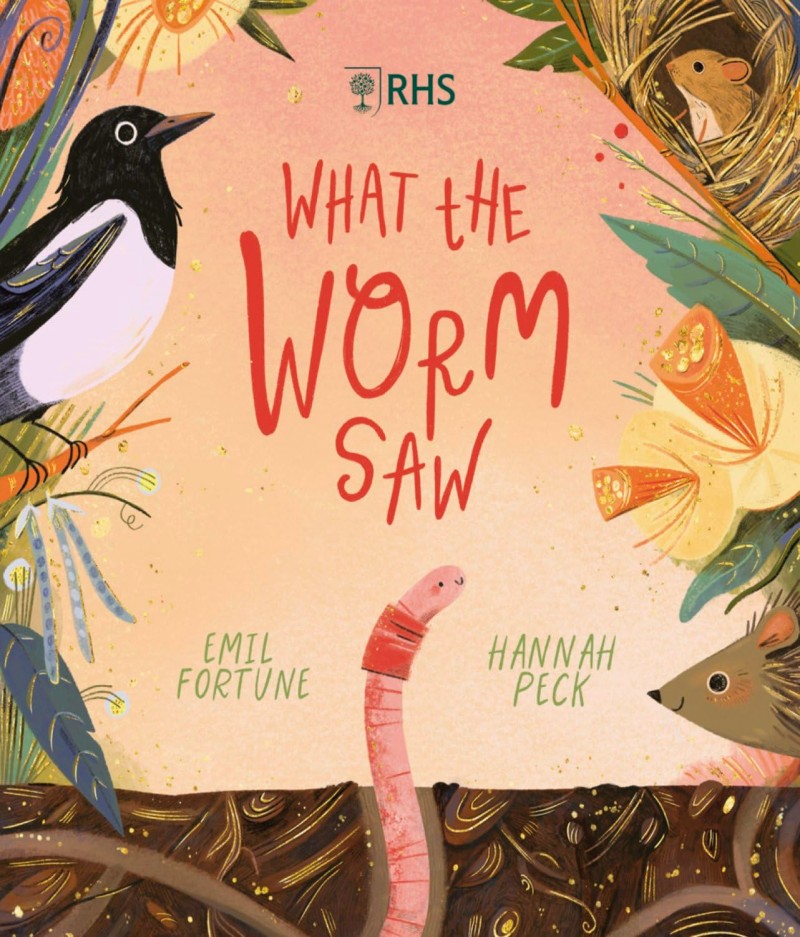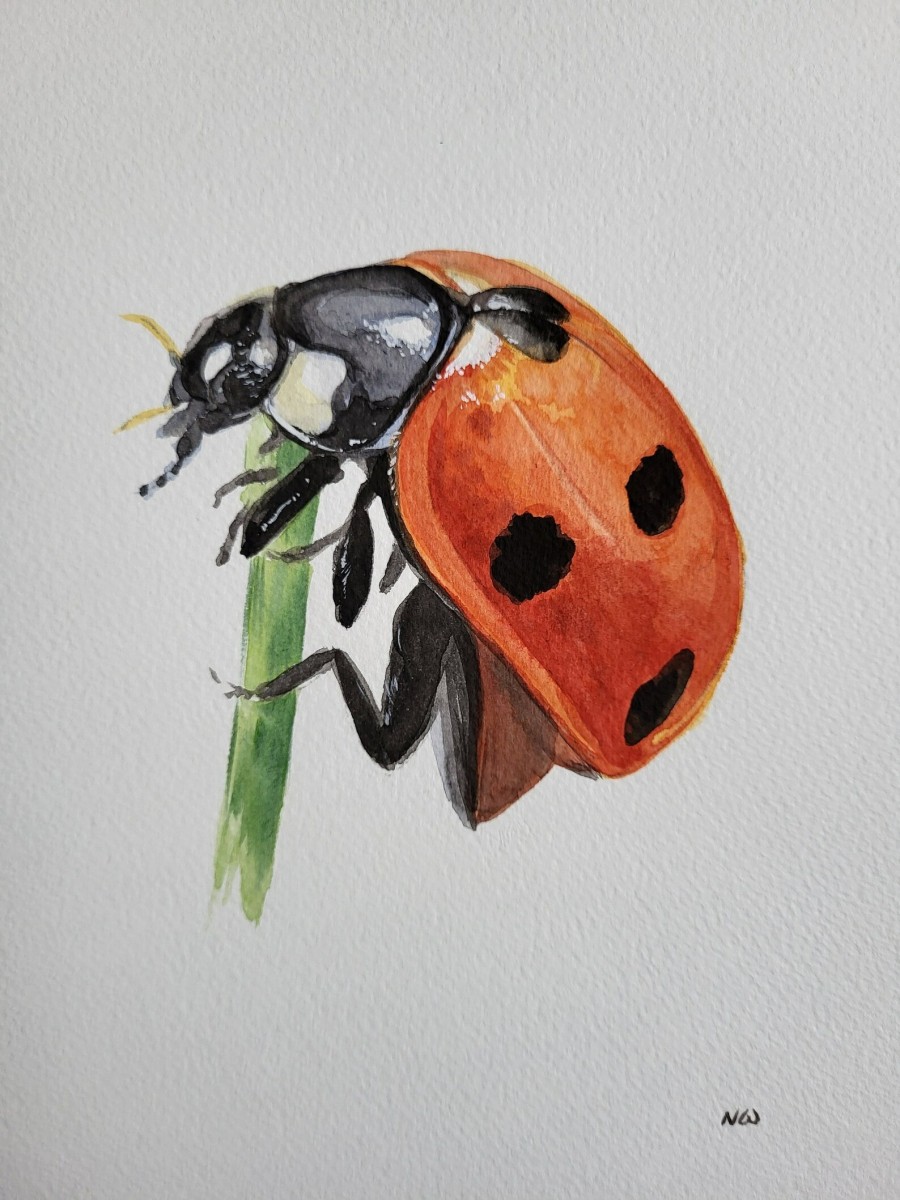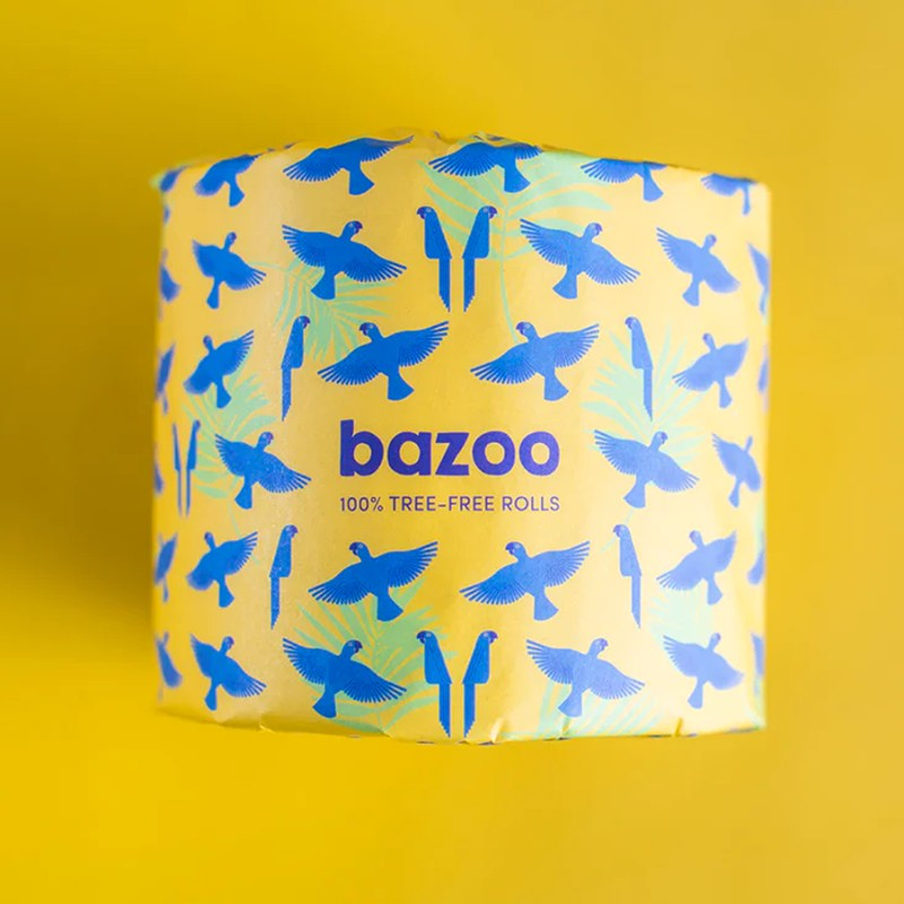
Around 100 million garden birds crash into windows each year (a third die). Newer windows are bigger and often have no panes, which makes things worse. Solutions to prevent bird strike are pretty simple, for individuals, businesses and councils.
The two most helpful ways to stop birds hitting windows are to turn off unused interior/exterior lights (close curtains/blinds and use task lights). And avoid facing indoor foliage to gardens (learn toxic plants to avoid near pets).
what to do if a bird hits a window
FLAP has more information. In summary, if you hear a ‘thud’ on your window, survey the scene. Immobile birds on the ground or sitting under windows should be observed, to see if they recover in a few minutes and fly off. If not, approach the bird from behind and gently place in an (unwaxed) paper bag with punched air holes (with a clean unscented paper towel inside to grip). Place the securely closed bag upright in a dark warm quiet place away from children and pets. Don’t talk to the bird, nor give food or water. Then call your local wildlife rescue for advice.
If the bird recovers, gently release to assess flight. Fully feathered baby birds may fledge on the ground, waiting for parents. If you believe the bird is in danger, place in a branch to be safe. Place baby birds back in nests (parents won’t reject it if they smell your scent). If you cannot find the nest, line a small flowerpot with leaves or dry glass, and place the bird close to where you found it.
inventions that help prevent bird strike
Nothing is foolproof, but these inventions are recommended by ornithology charities. All create ‘barriers’ like frosted appearance. All solutions need to be ‘dense’ (stick-on decals are ineffective unless covering windows with few gaps). Don’t hang cords/ribbon as these could choke or strangle.
Ornithology charities also suggest partially opening Venetian blinds or using insect screens. If you feed garden birds (it’s best to let them eat natural food so they don’t rely on you), position feeders no more than 10 metres (30 feet) from windows, to avoid birds ‘gathering speed’ to take off. Use brand-name feeders and safe bird food). Some reputable products are:
- Feather Friendly (includes commercial solutions) makes adhesive strips (black for clear glass or grey for reflective/mirrored areas). The company also makes bird tape (applied to outside glass, with no more than 2 inches of space between each square). CollidEscape (also sold in UK) is popular.
- Bird-friendly glass (installed at World Trade Center) has etched patterns that birds can see, but we can’t. Many US states now make it mandatory for buildings to use it, especially for curved or U-shaped buildings. Yet a Freedom of Information request found that 10 cities and 33 London authorities have never carried out assessment of bird-window collisions.
start a community FLAP program
Start a community FLAP program to help birds in your area. Scan the area for dead birds, and ask people if they have witnessed bird strike (usually leaves feathery ‘ghost imprints’ on windows). If people are placing (not effective) window decals in the area, this is a sign people are trying to help.
Take a bird-safe homeowner assessement of the area (birds mostly fly into glass, reflective steel and glass balcony railings, or where there is vegetation behind glass). Some territorial birds fly into their reflections. Other hazards are fog and rain (birds fly at lower altitudes), floodlights, airport lights and lighthouses. Read of wildlife-friendly lighting solutions.
The Bird-Friendly City is an American book packed with ideas that work, from stopping light pollution and bird strike, to helping ground-feeding sparrows not fall prey to feral cats. The author takes us on a global tour of cities reinventing the status quo, with birds in mind. From innovative building designs to making urban environments bird-friendly (whether for migration or temporary shelter).






